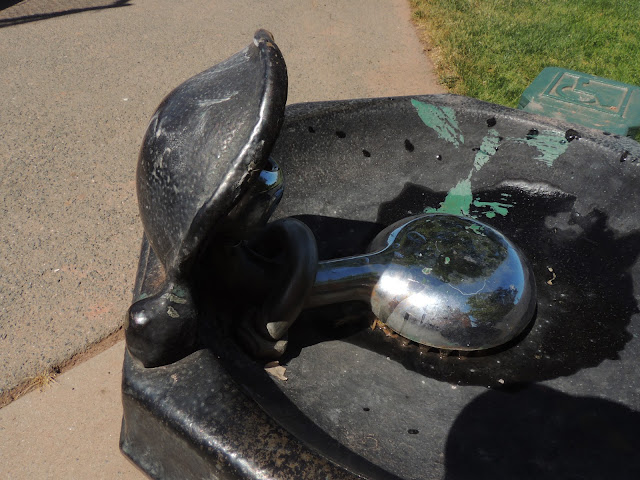For this tutorial, I opened the image in PS duplicated the image layer and went to image>adjustments>hue/saturation.Colorize box and made the hue 40 and saturation 30. Then duplicated the top layer went to filter>noise>add noise>and uniform. Then ticked monochromatic box and made it 30%. Then reduced opacity to 30%. Then added the Gaussian blur filter and made radius 1.5. Next, I created a new layer, went to edit>fill and drew an oval. Then hit shift+cmd+I. Then last removed the hard edge with a soft brush. Then added soft light to the layer.
For the homograph, I created a layer copy, went to filter> blur> radial blur and entered 15. Made the method zoom and made quality best. Then used a layer mask and used a soft brush to remove blur from the center. Then with a new layer I used a black brush to create a vignette and lowered opacity to 50%. Then layer>new>adjustment layer>chanel mixer and adjusted red/green levels. Then last I duplicated background and went to filter>noise>add noise and entered 10 and set it to uniform and monochromatic. Then I applied the same noise with the radial blur.






























.jpg)

.jpg)









